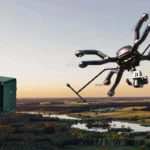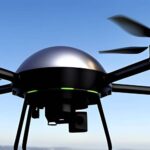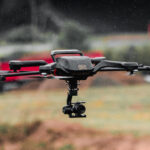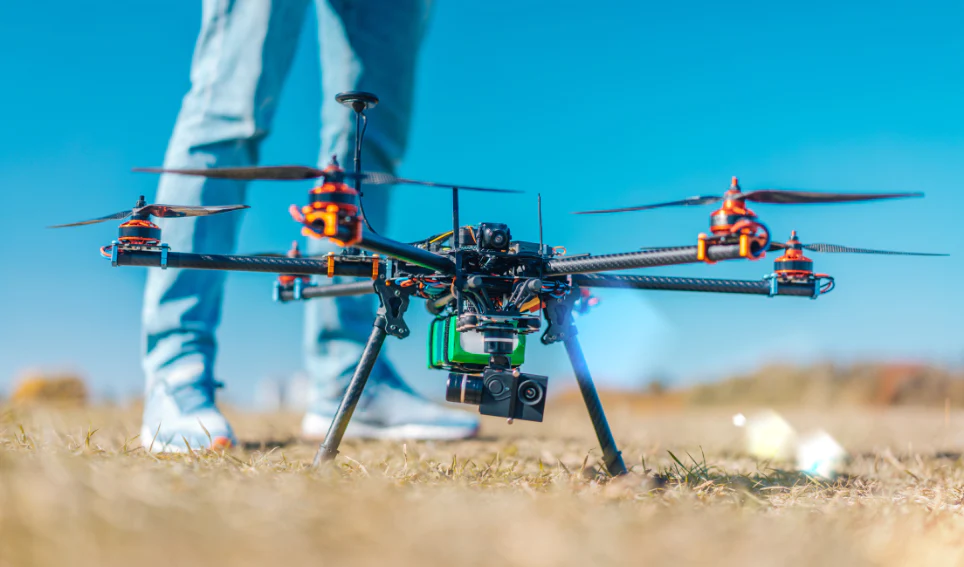
In the ever-evolving world of drone technology, image quality is a critical factor that can make or break the success of aerial photography and videography.
One crucial element that profoundly impacts image quality is the image sensor size in drone cameras.
In this article, we will explore the importance of image sensor size, its role in capturing stunning visuals from the sky, and how it influences the overall performance of drone cameras.
Understanding Image Sensor Size
The image sensor is the heart of any digital camera, including drone cameras. It is responsible for capturing light and converting it into digital data, which is then processed to produce images and videos. Image sensors come in various sizes, with the most common types being:
- Micro Four Thirds (MFT): These sensors are relatively small and are commonly found in compact and lightweight drones. They provide decent image quality but may struggle in low-light conditions.
- 1-inch Sensors: Slightly larger than MFT sensors, 1-inch sensors offer improved image quality, especially in low-light situations. They are often found in higher-end consumer drones and prosumer models.
- APS-C Sensors: These sensors are larger and are commonly found in professional-grade drones. They excel in capturing high-quality images with excellent detail and low noise, even in challenging lighting conditions.
- Full-Frame Sensors: The largest sensors available, full-frame sensors are typically used in high-end professional cameras and drones. They offer unmatched image quality, exceptional low-light performance, and the ability to capture a wide dynamic range.
Impact on Image Quality
The size of the image sensor plays a pivotal role in determining image quality in drone cameras. Here’s how it influences the final result:
- Low-Light Performance: Larger sensors can capture more light, resulting in better low-light performance. They produce cleaner and less noisy images in dimly lit environments, making them ideal for twilight shots or nighttime aerial photography.
- Dynamic Range: Larger sensors have a wider dynamic range, which means they can capture a broader range of tones from shadows to highlights. This results in images with more detail and depth, especially in high-contrast scenes.
- Depth of Field: Sensor size affects the depth of field, or the range of distances that appear sharp in an image. Larger sensors can achieve a shallower depth of field, allowing for creative control over background blur and emphasizing the subject.
- Overall Image Quality: In general, larger sensors produce sharper, more detailed, and higher-resolution images. They offer greater latitude for post-processing and editing without sacrificing image quality.
Applications and Considerations
The choice of image sensor size in a drone camera depends on the intended use and budget.
While larger sensors offer superior image quality, they also come with a higher price tag and may require larger, more expensive drones to accommodate them.
Therefore, it’s essential to strike a balance between your requirements and budget when selecting a drone with a specific sensor size.
Conclusion
Image sensor size is a crucial factor in determining the image quality of drone cameras.
Whether you’re capturing breathtaking aerial landscapes, conducting professional surveys, or filming cinematic sequences, the size of the image sensor profoundly impacts the results.
As technology continues to advance, we can expect further innovations in sensor technology, enabling even more incredible visuals from the skies.
In the world of drone photography and videography, choosing the right image sensor size is a decision that can ultimately make your aerial creations truly exceptional.








